The Amalfi Coast is undoubtedly one of the most iconic places in all of Italy. With its streets overlooking the sea, the pastel-colored villages that climb up the steep slopes of the hills covered with Mediterranean scrub, and then the sun, which on the Amalfi Coast seems to shine with a sharper and warmer light than elsewhere, and the omnipresent sweet scent of orange bl ossoms and lemons the Amalfi Coast is a magical corner that is impossible not to fall in love with at first sight. All thirteen municipalities (Positano, Praiano, Furore, Conca dei Marini, Amalfi, Atrani, Ravello, Minori, Maiori, Scala, Tramonti, Cetara, Vietri sul Mare) on this tongue of land just over than 50 kilometers south of the Sorrento peninsula are connected by a single road, State Road 163, which is part of the collective imagination for its gentle curves and breathtaking views with the omnipresent sea in the background. After every hairpin turn, after every tunnel, it feels like entering inside a painting, but the Amalfi Coast is much more than that. It is a treasure chest forged by history that holds within it many cultural treasures and is, not surprisingly, one of the world’s most beloved UNESCO heritage sites. Here are ten must-see stops on your trip to the Amalfi Coast if you are an art lover (...and if that’s not enough for you, also read the article on the medieval masterpieces of the Amalfi Coast).
Dedicated to St. Mary of the Assumption, Ravello Cathedral is a Benedictine basilica founded in 1086 based on that of Montecassino. In addition to the church, where, among other things, two splendid ambos and the 17th-century chapel of San Pantaleone can be admired, the Museo dell’Opera del Duomo and the art gallery are also noteworthy. The museum is developed in the crypt of the basilica and in the part that was once a cemetery of the cathedral and, among other works, also houses a collection of Contemporary Art set up in the Tecta Street. The Picture Gallery, on the other hand, is accessed from the left aisle of the cathedral, and here one can admire paintings ranging from the 16th to the 19th century.

One of the wonders of an already wonderful place. Amalfi Cathedral is one of the most visited destinations on the entire Amalfi Coast, of which it is one of the symbols. Dedicated to St. Andrew the Apostle, Amalfi Cathedral is located in the heart of the town and is an imposing architectural complex that includes two communicating basilicas, a lower crypt, the staircase leading to the entrance atrium, the bell tower and the Cloister of Paradise. The origins of the cathedral can be traced back to before the year one thousand, but then during the course of history the church has undergone a virtually endless series of transformations that have changed its appearance to what it is today.
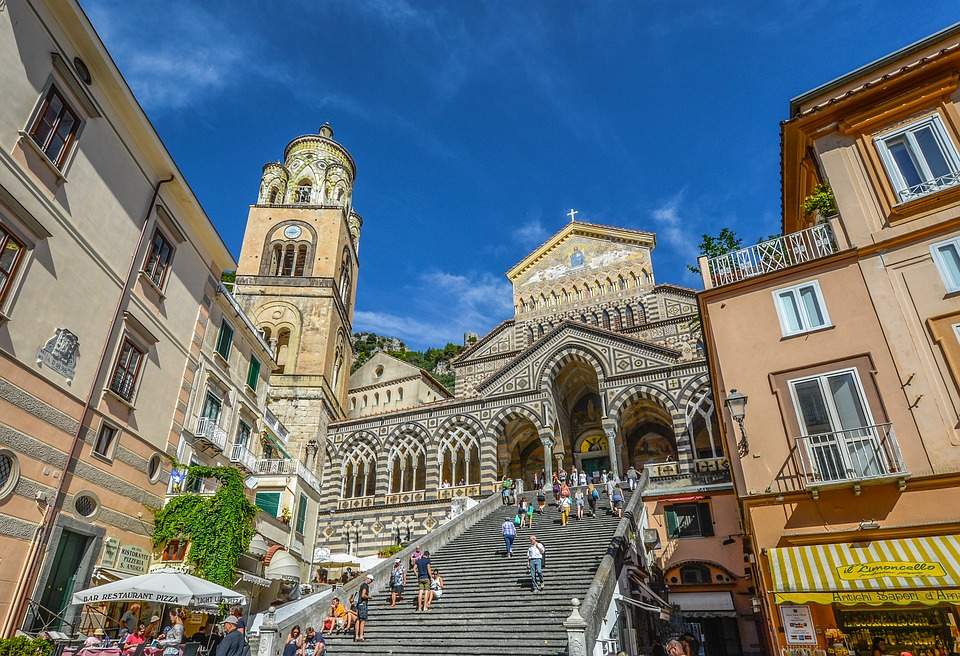
Right next to the cathedral, on the Episcopio slope is the Diocesan Museum of Amalfi, which is an integral part of the cathedral’s monumental complex since it is set up in the Basilica of the Crucifix and the adjacent Paradise Cloister. It houses numerous exhibits that guide visitors to discover the rich history of the diocese. In particular, the Amalfi Diocesan Museum devotes a great deal of space to objects of sacred art dating from the 1100s to the 1700s, among them silver reliquaries, collars, crosses, vases and chalices. Also of great importance, finally, is the collection of bas-reliefs, capitals, fragments of mosaics from the cathedral’s ancient facade dating back to the 11th century, and then again frescoes, sculptures and wooden statues.
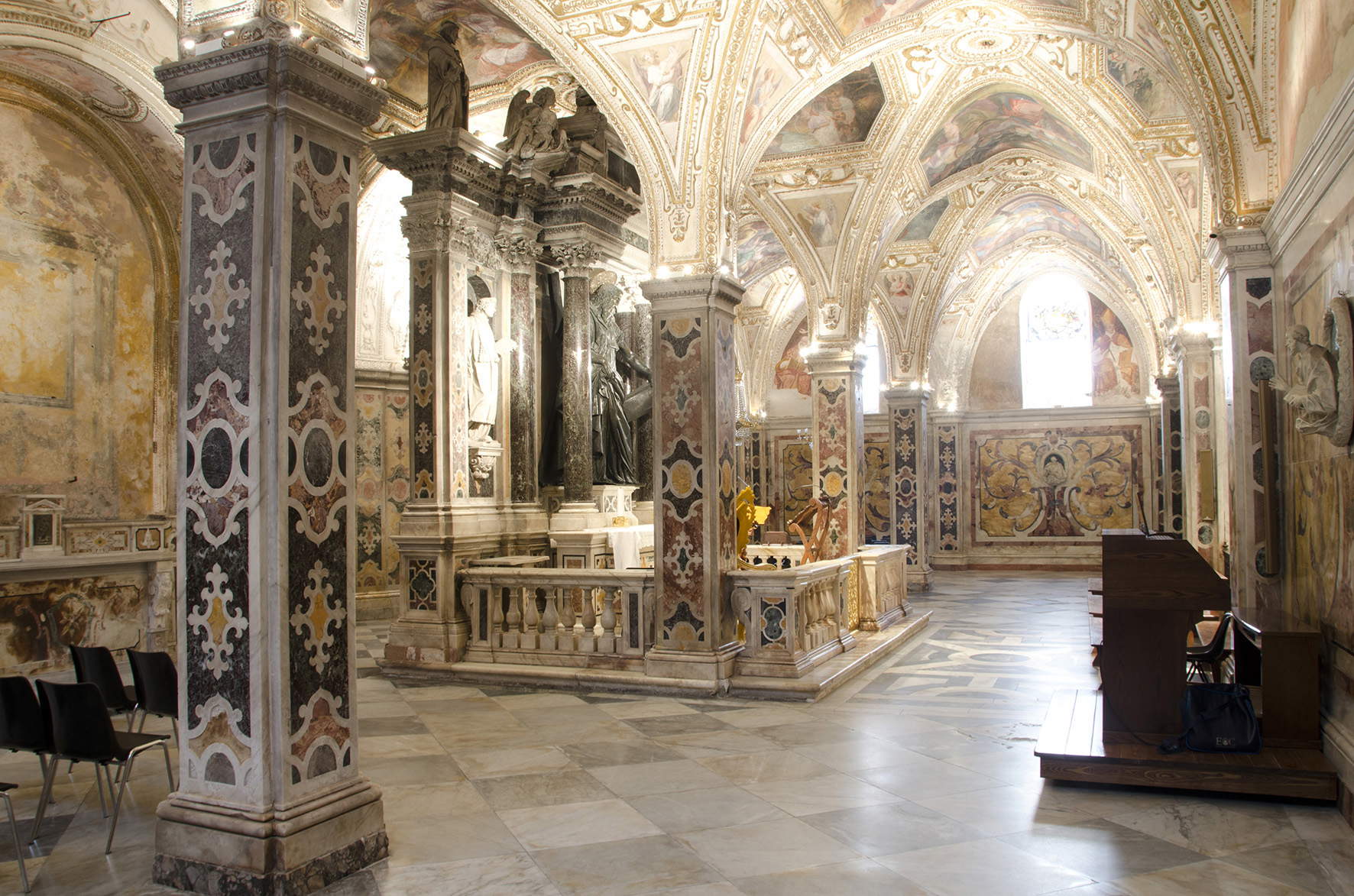
The glamorous atmosphere and postcard-perfect views of the Amalfi Coast may lead one to think that this place has always been just a resort destination where one can enjoy the mild climate and a relaxed life, but needless to say, this has not always been the case. Amalfi’s has always been a people of navigators who have been major players in the history of Italy for centuries. The City Museum of Amalfi, located on the second floor of the Municipal Palace, houses numerous objects that tell of this glorious past and, in particular, the times of the Maritime Republic. Prominent among the exhibits are ancient nautical instruments and other artifacts of medieval seafaring that were recovered from the wrecks of shipwrecked ships.

The bright yellow of the sun, the deep green of the Mediterranean scrub and the blue of the sea stretching to the horizon. The beauty of the Amalfi Coast has been known since ancient times so much so that throughout the area there were numerous villas that belonged to Roman patricians. Right in the center of Positano are the ruins of an ancient building that is still coming to light and is the centerpiece of the archaeological museum, of which two crypts and some rooms attached to the church of Santa Maria Assunta are also part. This villa was directly overlooking the sea and was submerged in ash by the eruption of Vesuvius in 79 A.D. that destroyed Pompeii and Herculaneum. To date, the entire floor plan of the building has not yet been reconstructed, but archaeologists here have already made some sensational finds including that of a richly frescoed room.

The ceramics of Vietri, with their pastel colors and delicate beauty are surely one of the symbols of the Amalfi Coast and one of the most coveted souvenirs for every visitor. Behind this true local excellence lies a rich and fascinating tradition to which the Vietri Ceramics Museum, located inside the splendid Villa Guariglia, is dedicated. Here one can admire masterpieces by master craftsmen of the past and of today in a journey back in time among some of the most representative works of this territory. An entire section is dedicated to riggiole, the typical colored tiles.
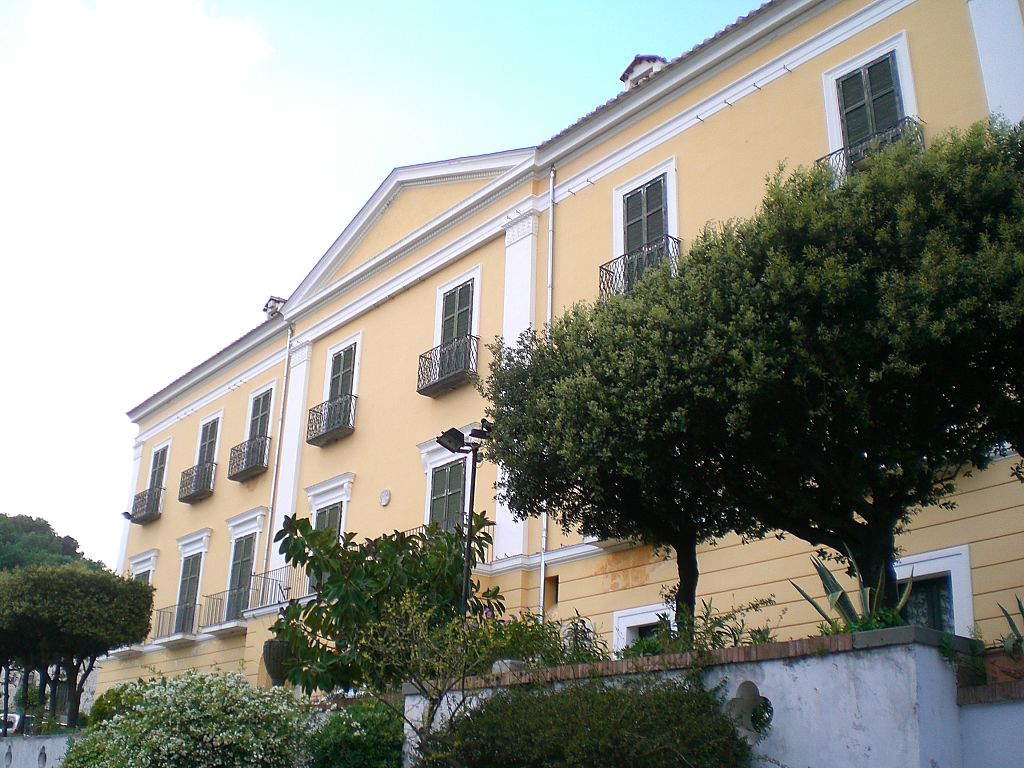
A jewel of late Neapolitan Renaissance architecture, the church of San Giovanni Battista is one of Vietri sul Mare’s main attractions. There are many reasons of interest in this building with a Latin cross plan that dates back to the 17th century and was developed according to some peculiar stylistic choices. First of all, the facade has a light-colored stone base, while the portal is bordered by two black tuff columns and is surmounted by an oculus with a representation of St. John the Baptist painted on ceramic in the center. Finally, unmistakable is the profile of the bell tower, nearly 40 meters high and topped by a small dome covered with majolica tiles.
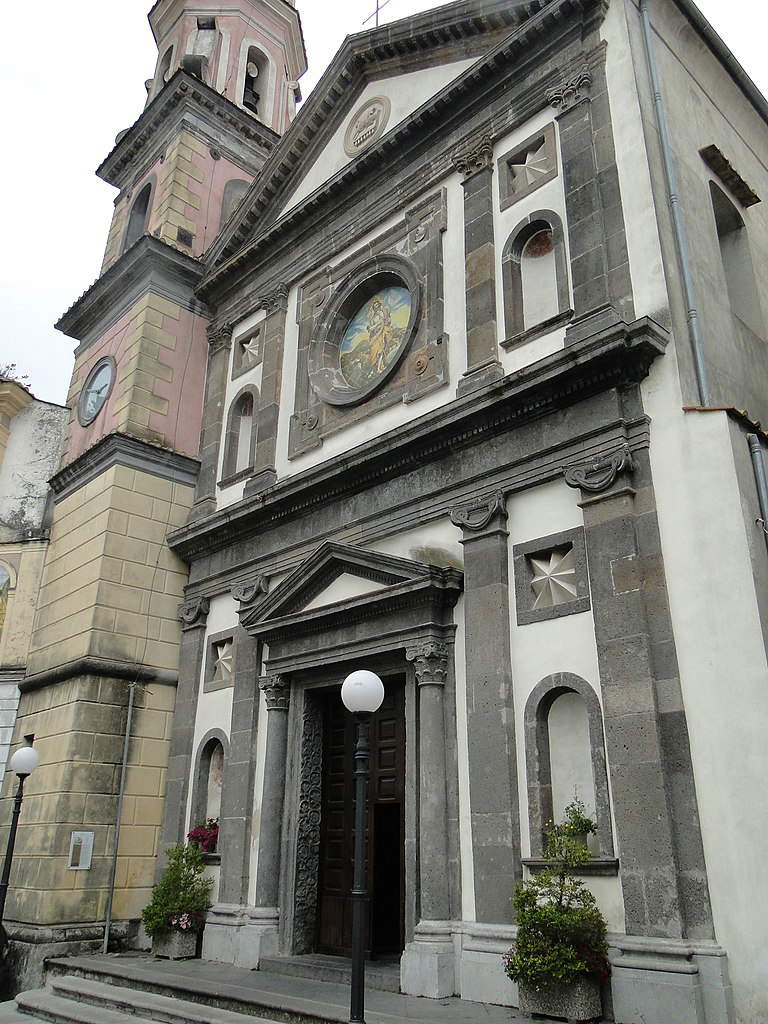
Literally suspended between sea and sky, the small village of Atrani is undoubtedly one of the most characteristic towns on the entire Amalfi Coast. Just outside Amalfi, Atrani stands on a narrow strip of land between Mount Aureo and Civita, at the mouth of the Dragone valley. Here the best way to enjoy your visit is to immerse yourself in the unique atmosphere of this perfectly preserved ancient medieval village that in less than a square kilometer encapsulates all the essence of this magical land. So lose yourself in the tangle of alleys, stairways and arches that draw every corner of Atrani before indulging in an aperitif in the piazzetta, the beating heart of the village. Unmissable then is a visit to the many churches that not only preserve many valuable works, but are also privileged places to admire breathtaking views. A curiosity: with an area of just 0.12 square kilometers, Atrani is the smallest town in Italy.

It is so well known that it is probably familiar even to those arriving there for the first time. The Fjord of Furore (which is actually not a fjord but a ria) is one of the places most filmed and immortalized by artists and filmmakers, from Federico Fellini to Roberto Rossellini. The small beach of Furore, just 25 meters, surmounted by the characteristic bridge attracts many visitors every year who are enchanted by the simple and unchanging charm of this strip of land where the sun peeps out only for a few hours a day and where the crystal-clear waters seem to be reflected in rich vegetation made up of olive trees, lemons and Mediterranean scrub. The beach cannot be reached by car, but bikes and scooters can be left on the nearby State Road.
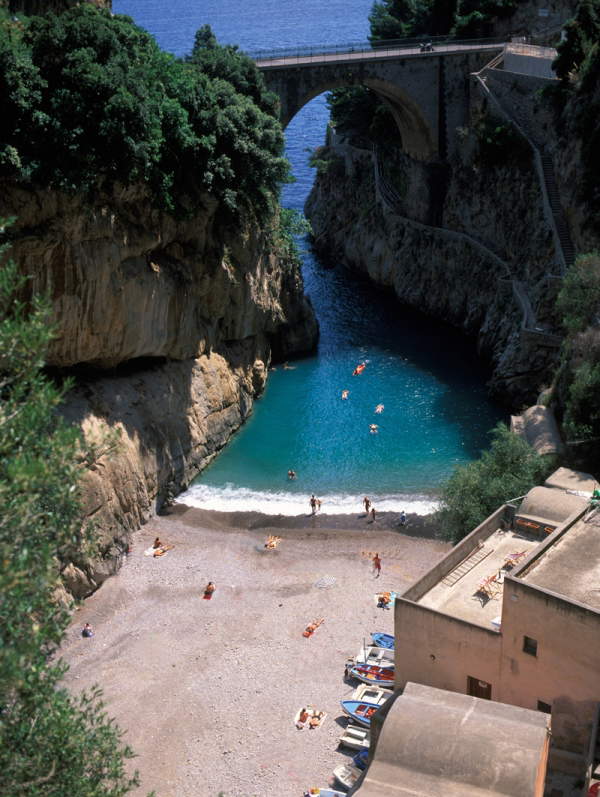
From Romanesque-Gothic to 18th-century rococo. Scala Cathedral is the heart of its community and a true jewel that brings together many different styles that have followed one another for more than a thousand years. Because of its size and massive profile, the cathedral dedicated to St. Lawrence stands out in a disruptive way within the town; however, upon entering the front door one is confronted with a very different environment: the dark-toned façade is contrasted by the white stuccoes, elegant, simple and rigorous that enhance the colorful ceiling paintings depicting the works of St. Lawrence. The transept, with its majolica tiled floor, and the treasure altar made of marble painted blue and gold, then certainly deserve special mention.
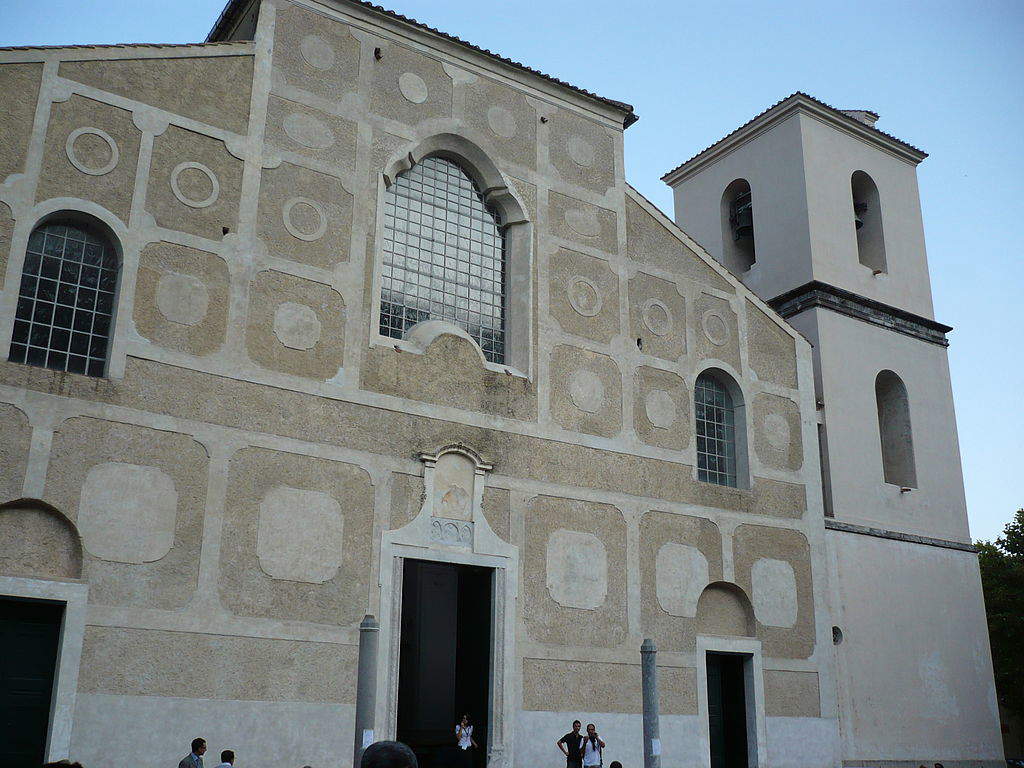
 |
| What to see on the Amalfi Coast: 10 art treasures between Amalfi and Ravello |
Warning: the translation into English of the original Italian article was created using automatic tools. We undertake to review all articles, but we do not guarantee the total absence of inaccuracies in the translation due to the program. You can find the original by clicking on the ITA button. If you find any mistake,please contact us.